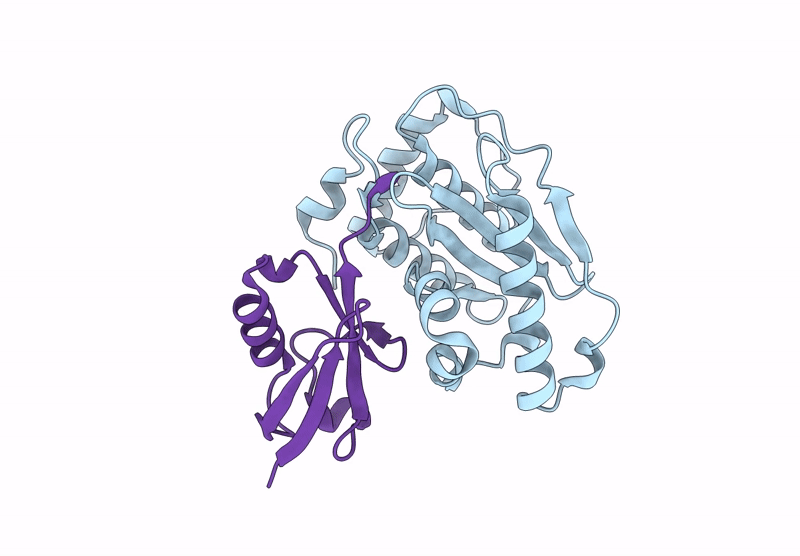
Deposition Date
2024-09-04
Release Date
2025-06-25
Last Version Date
2025-10-22
Method Details:
Experimental Method:
Resolution:
2.18 Å
R-Value Free:
0.25
R-Value Work:
0.18
R-Value Observed:
0.18
Space Group:
P 65 2 2


